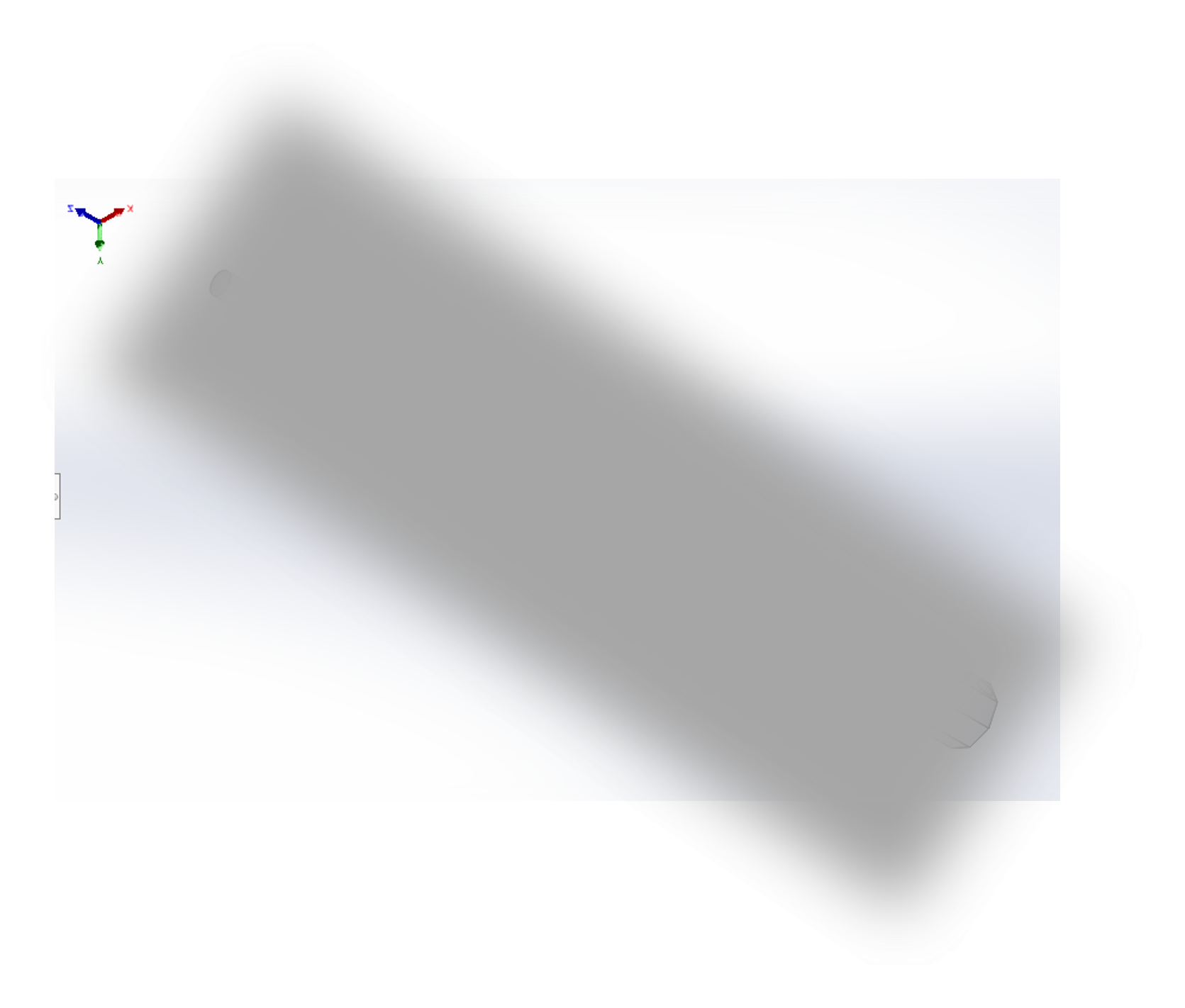Context
Abdominal wall hernias are one of the most common and long-standing surgical applications for biomaterials engineering. Yet, despite over 50 years of standard use of hernia repair materials, a second surgery is still required in nearly one-third of patients due to hernia recurrence.
Hernia recurrence alone leads to revision surgery in nearly one in three patients, at a substantial cost to the patient in the form of pain, disability, time off work, and procedural costs.
The repair techniques used to date include the application of prosthetic nets and closure of the lesion by suture wires, the latter, however, involve complications due to tissue ischemia and fibrosis.
Device Breakdown
T-SURE (Tissue SUrgical REpair) is an alternative to suture device for abdominal wall repair.
T-SURE aims to overcome the problems of suture: by bringing together the two muscles, it closes the lesion and guarantees tissue regeneration, ensuring the uniform distribution of stresses along the wall.
The device allows to recruit an important portion of tissue avoiding the ischemia induced by the suture.
The T-SURE device will be available in two configuration, made of biocompatible material or made of biocompatible and biodegradable material.
The Technology
Devices with innovative cutting-edge technology for hernia repair.
Biocompatible with the option to be degradable
Biocompatible polymers and a specific biodegradable polymer with controlled degradation.
Superior strength
Our technology has been designed to re-create the physiological load on the tissue.
Low impact on daily life activities
Easy to apply
Thanks to its applicator (under patent) that allows an easy and quick application.
Project Nature

Patenting Phase

Patenting Phase
Proof of Concept Instrument
The T-SURE project was funded by the PoC Instrument initiative of Fondazione Compagnia di San Paolo. This funding alllowed the increase of the Technology Readiness Level (TRL) of the technology, bringing it closer to clinical use by surgeons and benefiting patients. During the PoC phase, the innovative device underwent rigorous testing to evaluate the strength of the repair. A prototype of its applicator was also developed using 3D printing, demonstrating a simplified approach for reaching the lesion site and enabling its application. The project team further explored the combination of traditional moulding techniques with 3D printing technology to produce the first device prototype through injection moulding. This significant step aims to further enhance the TRL of the technology, paving the way for the first Animal trials and Cadaver LAB settings.
